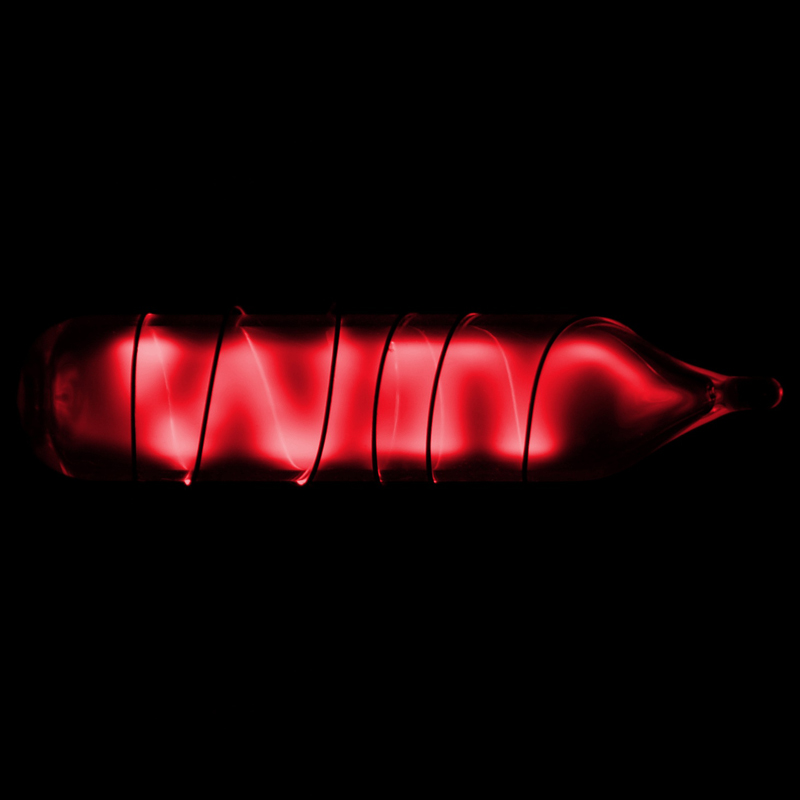Radon
86
Rn
Groep
18
Periode
6
Blok
p
Protrone
Elektrone
Neutrone
86
86
136
Algemene Eienskappe
Atoom Nommer
86
Atoommassa
[222]
Massa Nommer
222
Kategorie
Edelgasse
Kleur
Kleurloos
Radioaktief
Ja
The name was derived from radium; called niton at first, from the Latin word nitens meaning shining
Kristalstruktuur
n/a
Geskiendenis
Radon was discovered in 1900 by Friedrich Ernst Dorn in Halle, Germany.
He reported some experiments in which he noticed that radium compounds emanate a radioactive gas.
In 1910, Sir William Ramsay and Robert Whytlaw-Gray isolated radon, determined its density, and determined that it was the heaviest known gas.
He reported some experiments in which he noticed that radium compounds emanate a radioactive gas.
In 1910, Sir William Ramsay and Robert Whytlaw-Gray isolated radon, determined its density, and determined that it was the heaviest known gas.
Elektrone per skil
2, 8, 18, 32, 18, 8
Elektronkonfigurasie
[Xe] 4f14 5d10 6s2 6p6
Upon condensation, radon glows because of the intense radiation it produces
Fisiese Eienskappe
Fase
Gas
Digtheid
0,00973 g/cm3
Smeltpunt
202 K | -71,15 °C | -96,07 °F
Kookpunt
211,3 K | -61,85 °C | -79,33 °F
Heat of Fusion
3 kJ/mol
Heat of Vaporization
17 kJ/mol
Spesifieke Hitte Kapasiteit
0,094 J/g·K
Oorvloed in die aardkors
n/a
Oorvloed in die heelal
n/a

CAS Nommer
10043-92-2
PubChem CID Nommer
24857
Atomiese Eienskappe
Atoom radius
120 pm
Kovalente Radius
150 pm
Elektronegatiewiteit
-
Ionisasie potensiaal
10,7485 eV
Atoom volume
50,5 cm3/mol
Termiese geleidingsvermoë
0,0000364 W/cm·K
Oksidasiestate
2, 4, 6
Toepassings
Radon is used in hydrologic research that studies the interaction between ground water and streams.
Radon has been produced commercially for use in radiation therapy.
Radon has been used in implantable seeds, made of gold or glass, primarily used to treat cancers.
Radon has been produced commercially for use in radiation therapy.
Radon has been used in implantable seeds, made of gold or glass, primarily used to treat cancers.
Radon is highly radioactive and a carcinogen
Isotope
Stabiele Isotope
-Onstabiele Isotope
195Rn, 196Rn, 197Rn, 198Rn, 199Rn, 200Rn, 201Rn, 202Rn, 203Rn, 204Rn, 205Rn, 206Rn, 207Rn, 208Rn, 209Rn, 210Rn, 211Rn, 212Rn, 213Rn, 214Rn, 215Rn, 216Rn, 217Rn, 218Rn, 219Rn, 220Rn, 221Rn, 222Rn, 223Rn, 224Rn, 225Rn, 226Rn, 227Rn, 228Rn